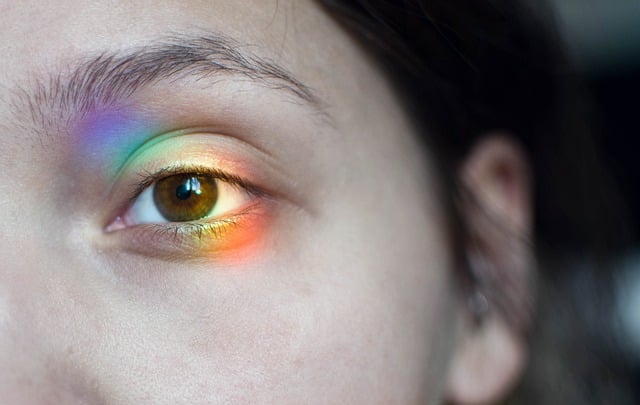Listen&Learn: Tetrachromacy
Posted by: Jaksyn Peacock
Pre-listening vocabulary
- genetic: passed down from parents to children through genes
- distinguish: to notice the difference between two or more things
- chromosome: a structure made of DNA
- mutation: a gene change that can cause someone to develop unusual traits
- colourblind: unable to distinguish as many colours as the average person
- identical: having no visible differences
Listening activity
Podcast: Play in new window | Download (Duration: 1:16 — 1.2MB)
Subscribe: Apple Podcasts | More
Gapfill exercise
Comprehension questions
See answers below
- Tetrachromacy causes people to
a. be more sensitive to blue light
b. see perfectly in the dark
c. distinguish more colours than the average person - Tetrachromacy has only been found in
a. women
b. young children
c. artists - Scientists test for tetrachromacy by
a. taking a DNA sample
b. observing a person’s reactions to bright light
c. asking a person to sort nearly identical colours
Discussion/essay questions
- Do you think you see colours the same way as other people? Is this possible for us to know?
Transcript
Tetrachromacy is a rare genetic condition that causes some people to see more colours than usual. Most people have three types of cones in their eyes, which are sensitive to red, green, and blue light. However, tetrachromats have four. This allows them to see millions of colours that the average person can’t distinguish. So far, very few true tetrachromats have been identified, and all of them are female. This is because the gene for an extra cone is found on the X chromosome. If men experience the same mutation, they are likely to become colourblind instead. Scientists test for tetrachromacy by asking people to sort nearly identical colours by similarity. The average person will likely change their answer, but a tetrachromat will always sort these colours the same way.
Answers to comprehension questions
1c 2a 3c
Search for more Listen&Learn stories:
One comment
-
An says:
Fun to know